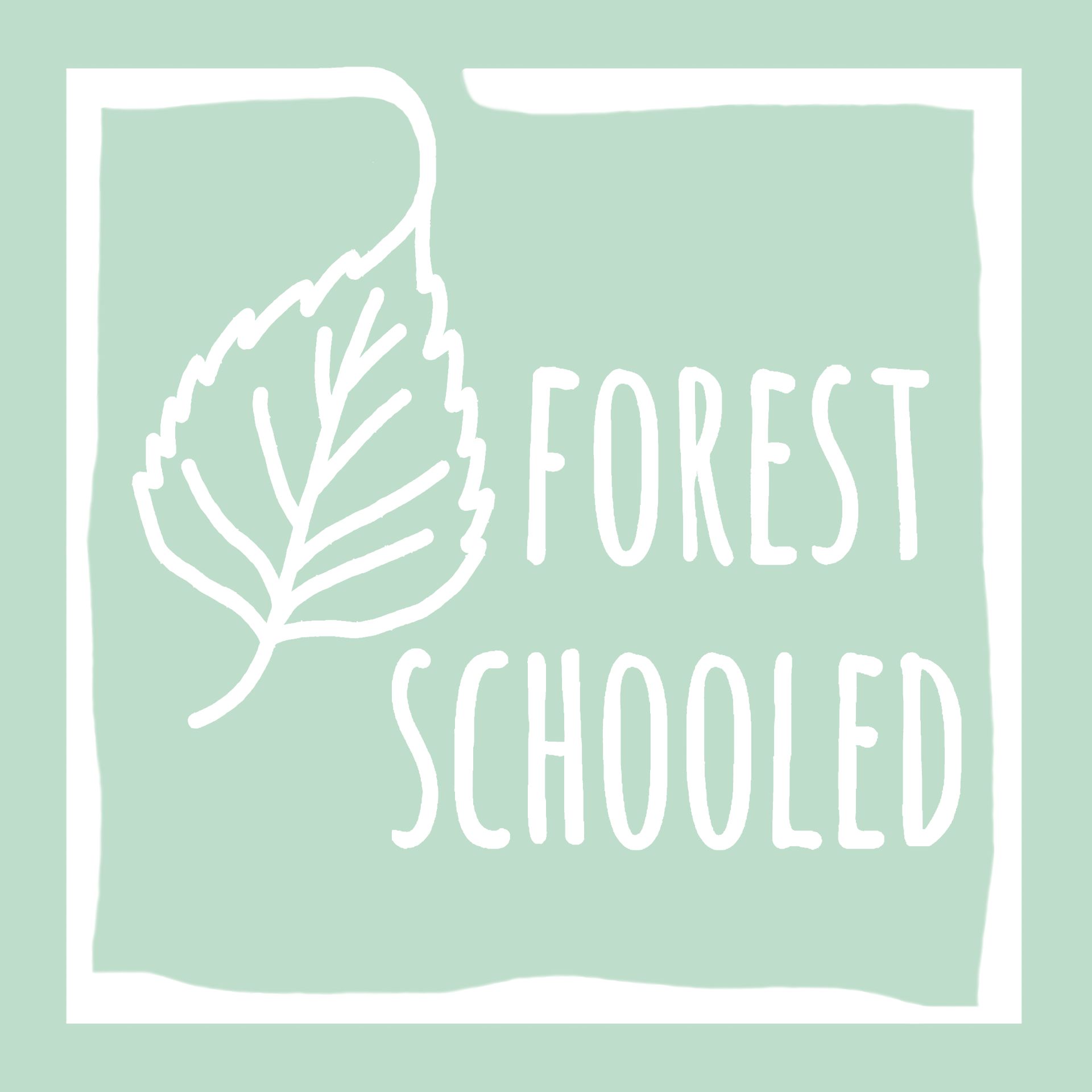
Blog
Stories from my personal journey learning about and delivering Nature-rooted programs across three different countries
Why Forest School?
Caylin (Forest Schooled)
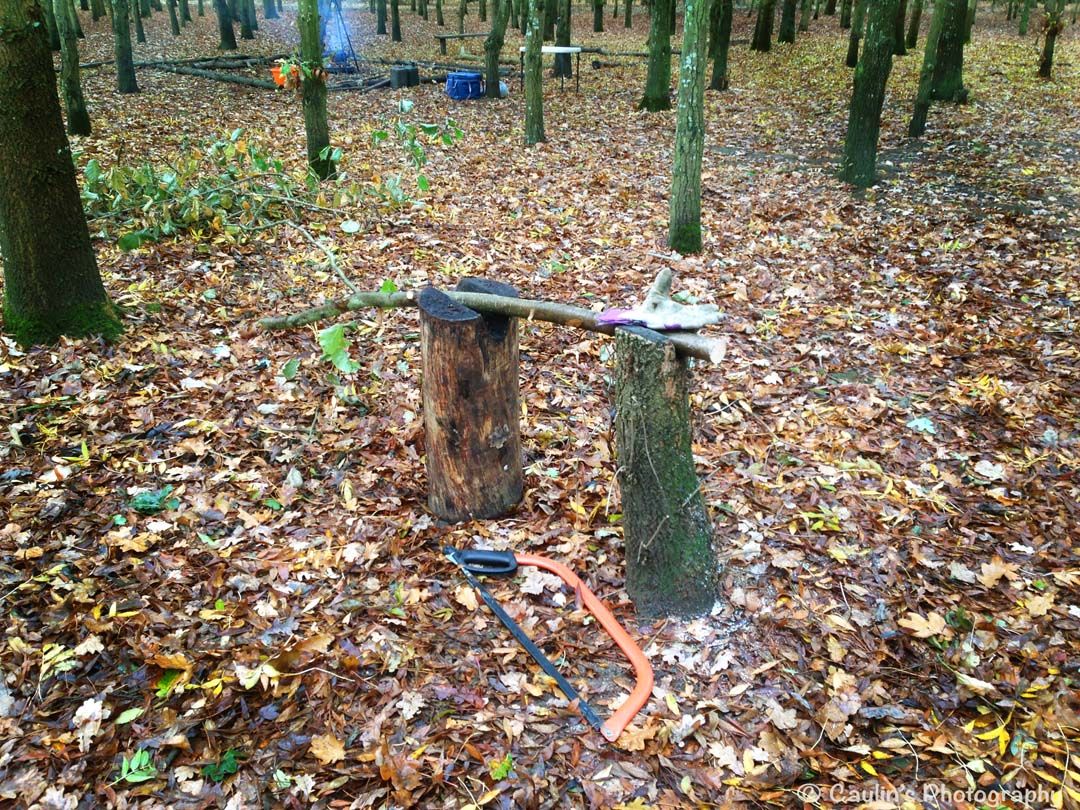
Empty space, drag to resize
Short on time? Listen to this blog post as a podcast. And subscribe to my podcast channel on Apple Podcasts, Google Podcasts, or Spotify.
If you caught the recent Facebook post, you'll have seen I've just started grad school and will be working towards a degree in environmental education. While I'm in New England, my secret (not so secret now) hope is I'd like to try to start a Forest School here. It actually feels like quite an uphill battle right now because Forest School isn't well known here, even within the environmental education community. I'm working on putting together a proposal to help explain what it is and why we do it (I know, a truly impossible task, really... But I'm trying!).
Instead of starting a proposal with boring facts and figures, I thought I'd try to paint a picture (to speak figuratively, not literally!) of what it is that we do and why. This is what I came up with based on real experiences I've had spending once a week for a year with a group at Forest School...
Why Forest School?
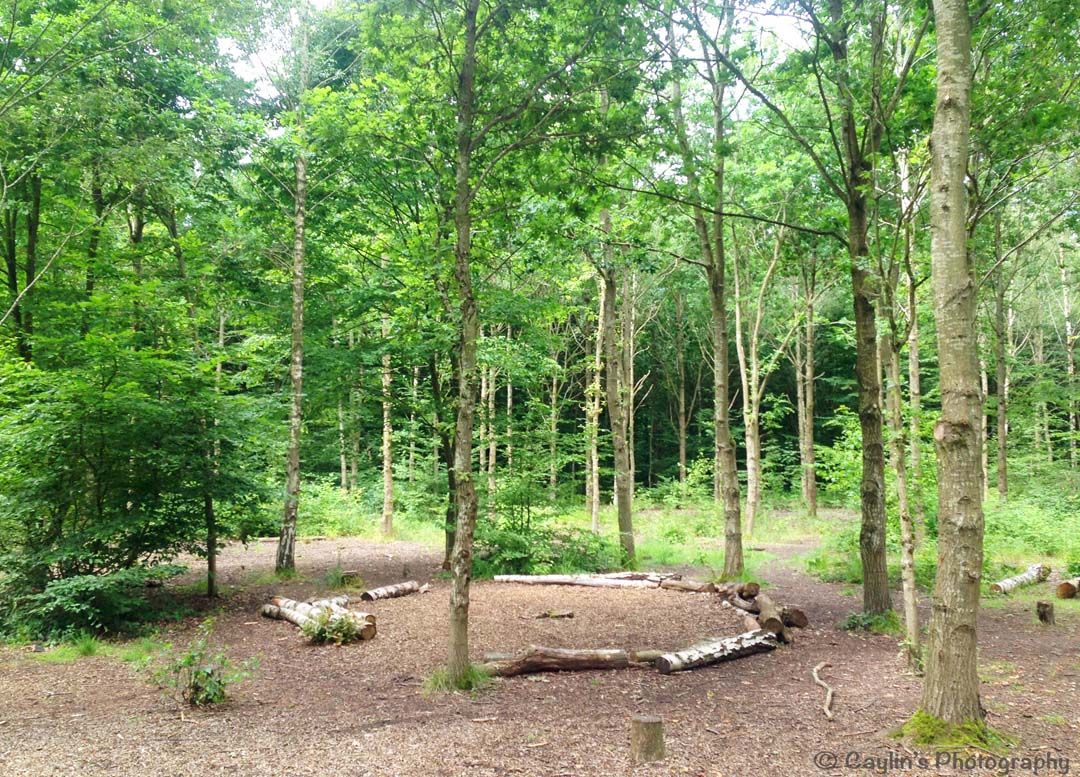
We're seated on logs in a circle within a little patch of woodland that's surrounded on all sides by a sprawling city. There's four adults and about ten kids ages 7 to 12. They're all local to the area, but most (if not all) have never been to this wood before. Many of them are 'urban kids' who admittedly spend little time outside despite living just a few miles from this little patch of woodland.
Some are excited to be here. Some are apprehensive. They're not really sure what kind of 'school' this is. “What will they be teaching us here in the woods?” they wonder.
Some are surprised when we initiate a discussion about behaviour expectations while at Forest School by first asking them what they think about it. We acknowledge everyone's ideas and suggestions and come to a group agreement about ways to ensure our time at Forest School is enjoyable and nurturing for all.
Suggestions for how to achieve this usually fall within three overall categories:
Look after yourself
Look after each other
Look after the woods
As a group, we go and explore the boundaries of the site and learn a game to ensure group safety. When someone shouts, “1, 2, 3 where are you?!” everyone shall respond with, “1, 2, 3 I'm here!!” and quickly head towards the voice of the original speaker so all may collect back together as a group and be accounted for. It's a game, but it's also a drill. Some wonder why such a drill is necessary...
“This is like school right? Don't we stick together at all times and stay with the teacher?” Some might ask.
The shock when this belief is countered is amusing. You can almost hear the cogs whirring in their heads as they question, “Wait, we get to just explore and play and do what we want as long as we stay within the boundary and come back when someone shouts 1, 2, 3 where are you??”
It's usually a frenzy that first day as they choose to explore the furthest stretches of the boundaries. They sometimes disappear into the foliage and I feel a slight surge of anxiety that they might not actually come back. But they always do. They feel the pull of the 'base camp' – our humble circle of logs – and after their initial jolted and frenetic response to freedom, they tend to settle into activity only a short distance from 'home'...
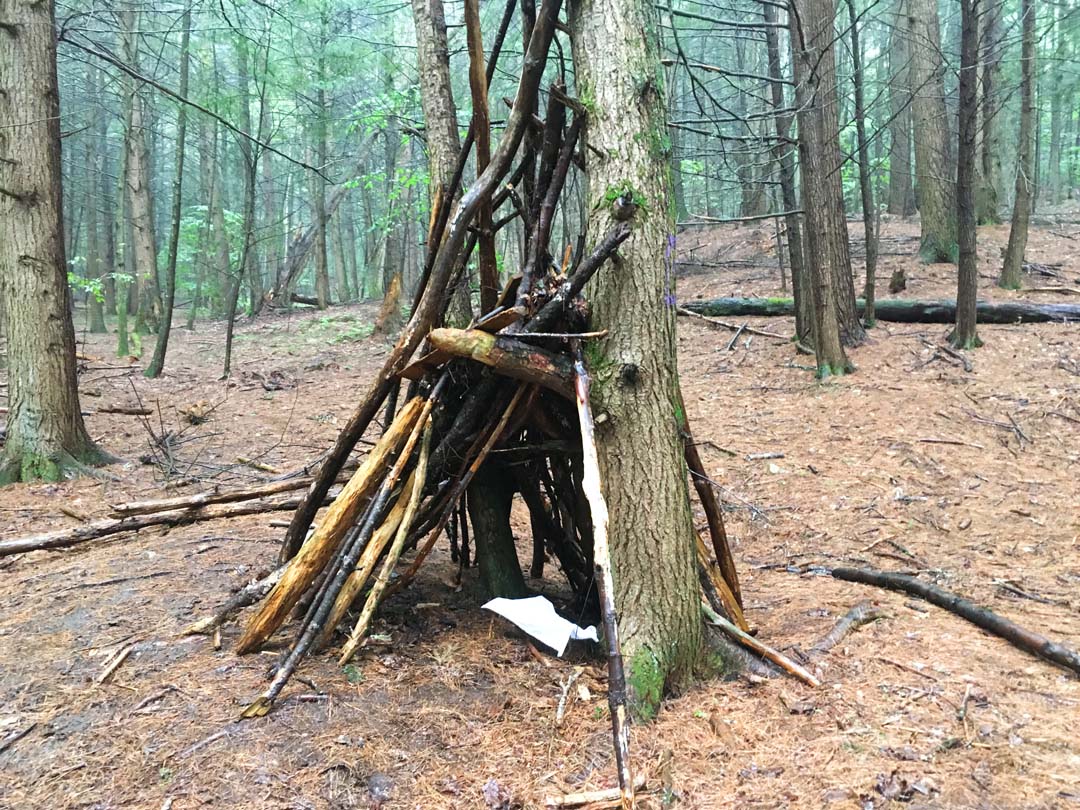
As the weeks roll on, attitudes and dynamics shift and change as everyone becomes accustomed to 'how things work' at Forest School. Many will say it takes about 6 weeks for the magic to really start happening. At this point everyone is comfortable in 'our' wood and many are midway through projects, like building dens or swings, that they continue to work on and add to session after session.
We begin to introduce tools as they become necessary for what the children wish to create and achieve. Using loppers and secateurs, we harvest some saplings that cover the woodland floor (too many to survive in such a small area) and create bows and arrows, or marshmallow roasting sticks. And so the children begin to learn practices of woodland management – we carefully select and use only what comes in over-abundance or that may regenerate – and so become a part of the ecological processes that take place in this little patch of woodland.
We begin to make fire to keep us warm as the seasons change from autumn to winter and the chill in the air challenges us to endure prolonged periods of time outdoors. But the adults notice this more than the kids... The children are usually much too busy immersed in their activity of choice to notice, like...
Using the saw to cut wood and drilling holes to make craft projects or...

Helping to maintain the fire and assisting with the (almost ceremonial) hot chocolate-making procedure as the kettle comes to boil or...
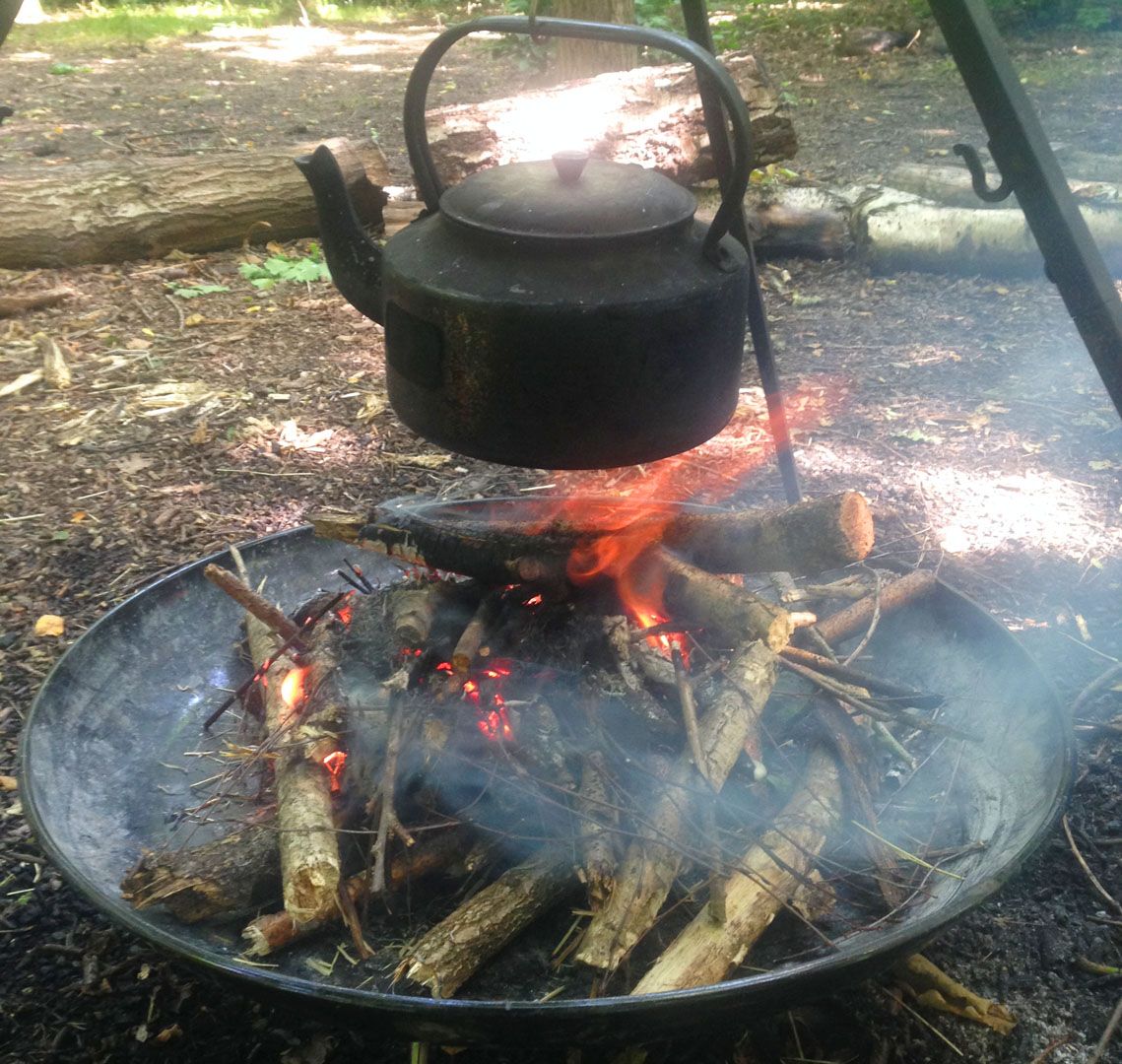
Lighting their own mini fires, practicing the skill of using only the sparks from a fire striker to start it and practicing how to keep it going safely without causing harm or spreading or...
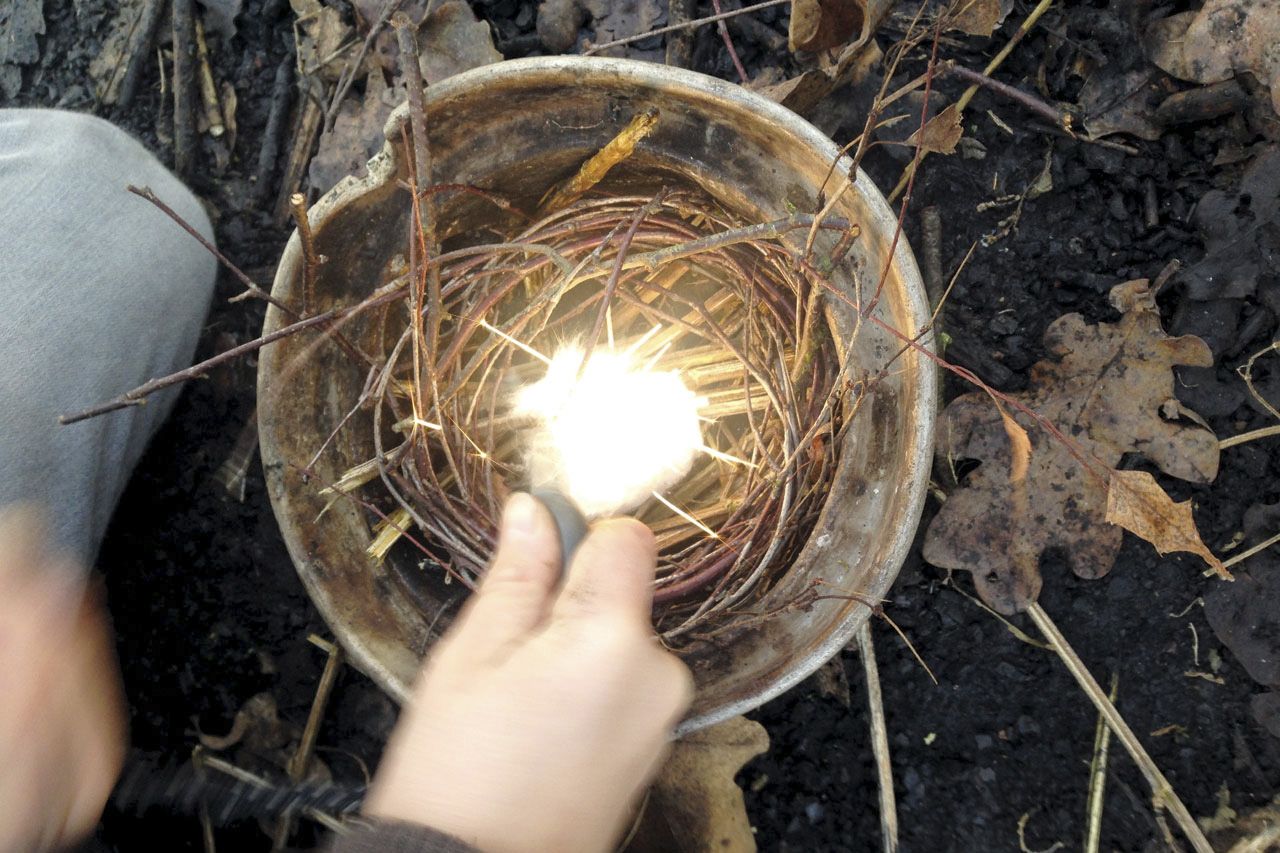
They're out exploring the wood, discovering mushrooms, insects or other interesting things that peak their interest and curiosity. Some take guidebooks with them and learn to identify what it is they've found.
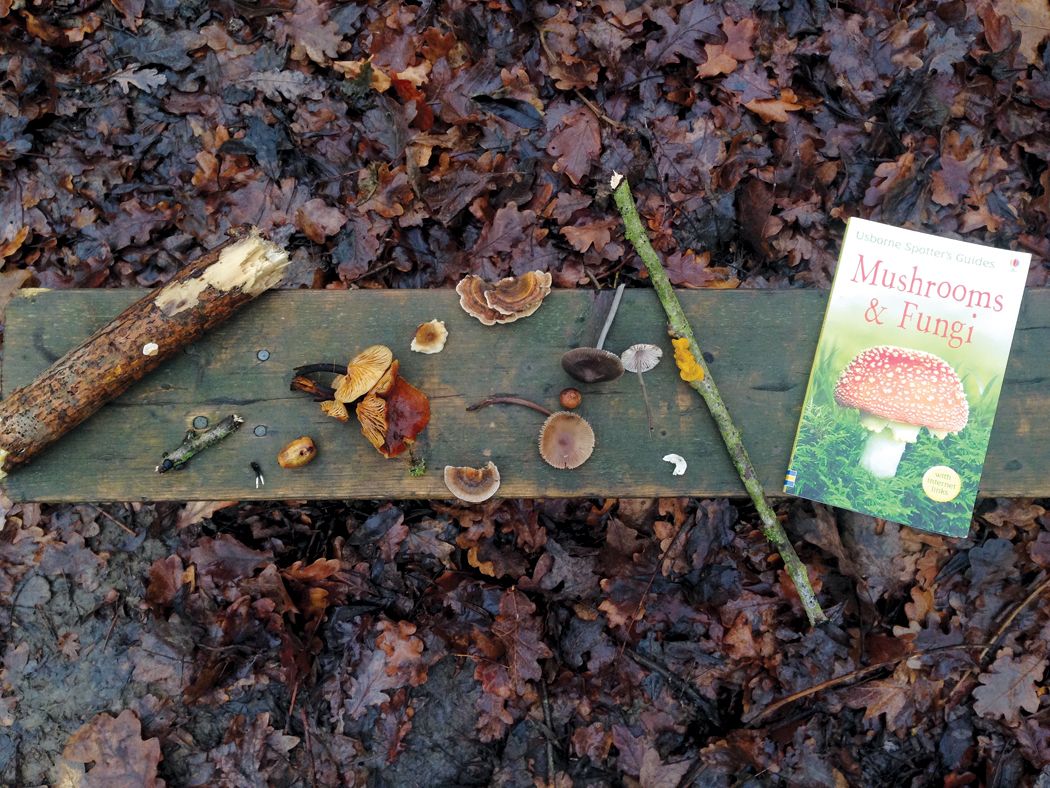
But everyone returns to base camp for hot chocolate... Most often a, “1, 2, 3 where are you?!” isn't even necessary as the children's intuitive senses seem to pick up even the softest whisper of someone saying, “Chocolate.”
It's usually here, with everyone gathered around our log circle, hands wrapped around a cup and upper lips marked with a chocolatey moustache that we chat about what we've been up to, what we've discovered, what we've achieved, what we've felt, and what we've learned. These moments of informal reflection can be infused with lightbulb realisations and offer the opportunity for us all to express our challenges (perhaps how we overcame a disagreement or our own personal frustrations) as well as celebrate our accomplishments and triumphs.
Empathy is modelled and encouraged as we listen to each other and learn to try to see things from another's point of view, such an essential tool for social cohesion and community building.
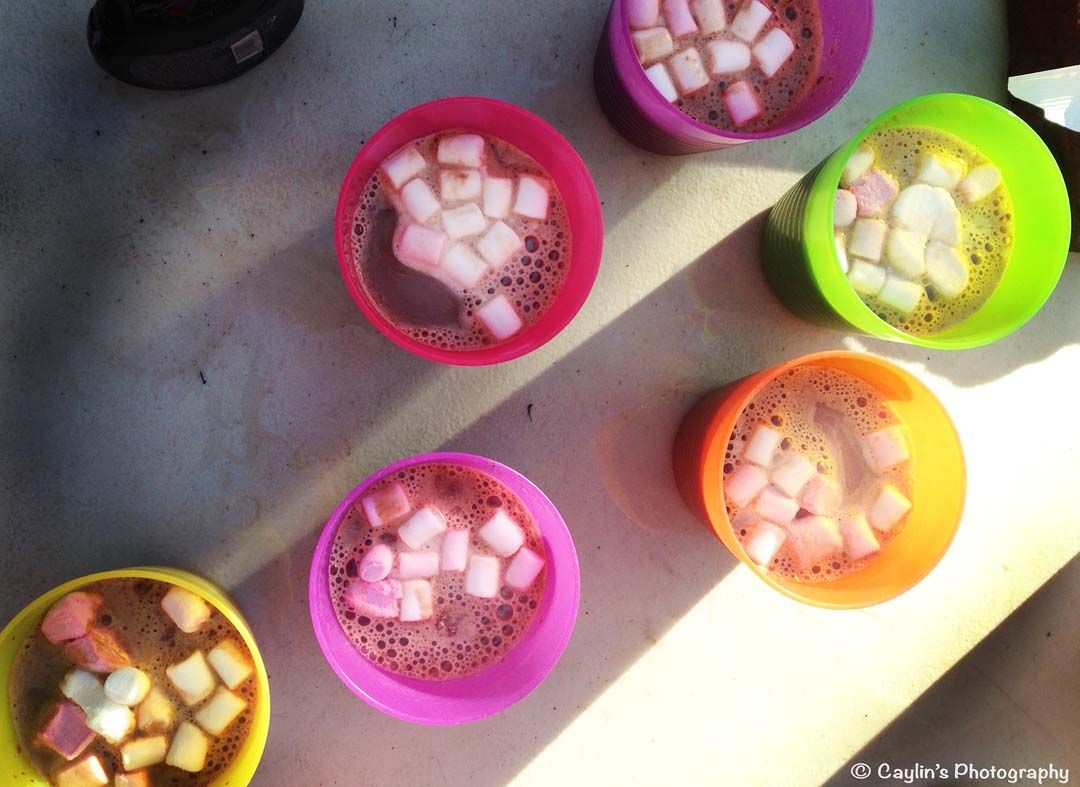
And we realise that's exactly what we've done. We've built a community. We've spent one day a week together for a year. We've suffered through rain storms, battled through mud, spent an entire session huddled around the fire just to keep the seeping cold in our fingers and toes at bay.
We've played together, cooked together, explored together, taken risks together, created and built things together.
We've watched the seasons change, witnessing the leaves flutter down from the trees in the autumn, the frost transform the wood into a wonderland in winter, the birds build their nests as the trees begin to bud in spring, and the explosion of vibrant green that adorns the wood in summer.
We feel we know almost every nook and cranny of this woodland and what plants and creatures belong here, those that we've shared the space with for the year.
And we know each other. We've given each other nicknames, we have inside jokes and stories, and hold memories that make us both cringe and laugh.
So when that year ends, we take away our new memories, our new skills, our new knowledge and new friendships with an appreciation for the time we spent together in this little patch of woodland, once a week for almost a year. Not only have we learned a lot about the wood and each other, we've also learned a lot about ourselves. And we've learned ways to look after each of those things, just like we agreed to at the beginning of our time here...
Look after yourself
Look after each other
Look after the woods.
P.S. I'll keep you updated with my journey of trying to start a Forest School as things unfold, so please watch this space! And if you haven't already,subscribe to the monthly newsletter to be the first to know about what I'm doing, including new and exciting projects and resources :)
More Posts
WANT TO GET FOREST SCHOOLED TOO?
Subscribe to my email letters, something special from me to you so we can learn together. Each one is filled with heart-felt stories from the forest, resources you may find useful, and things that hopefully bring a smile too.
Thank you!
© by FOREST SCHOOLED
